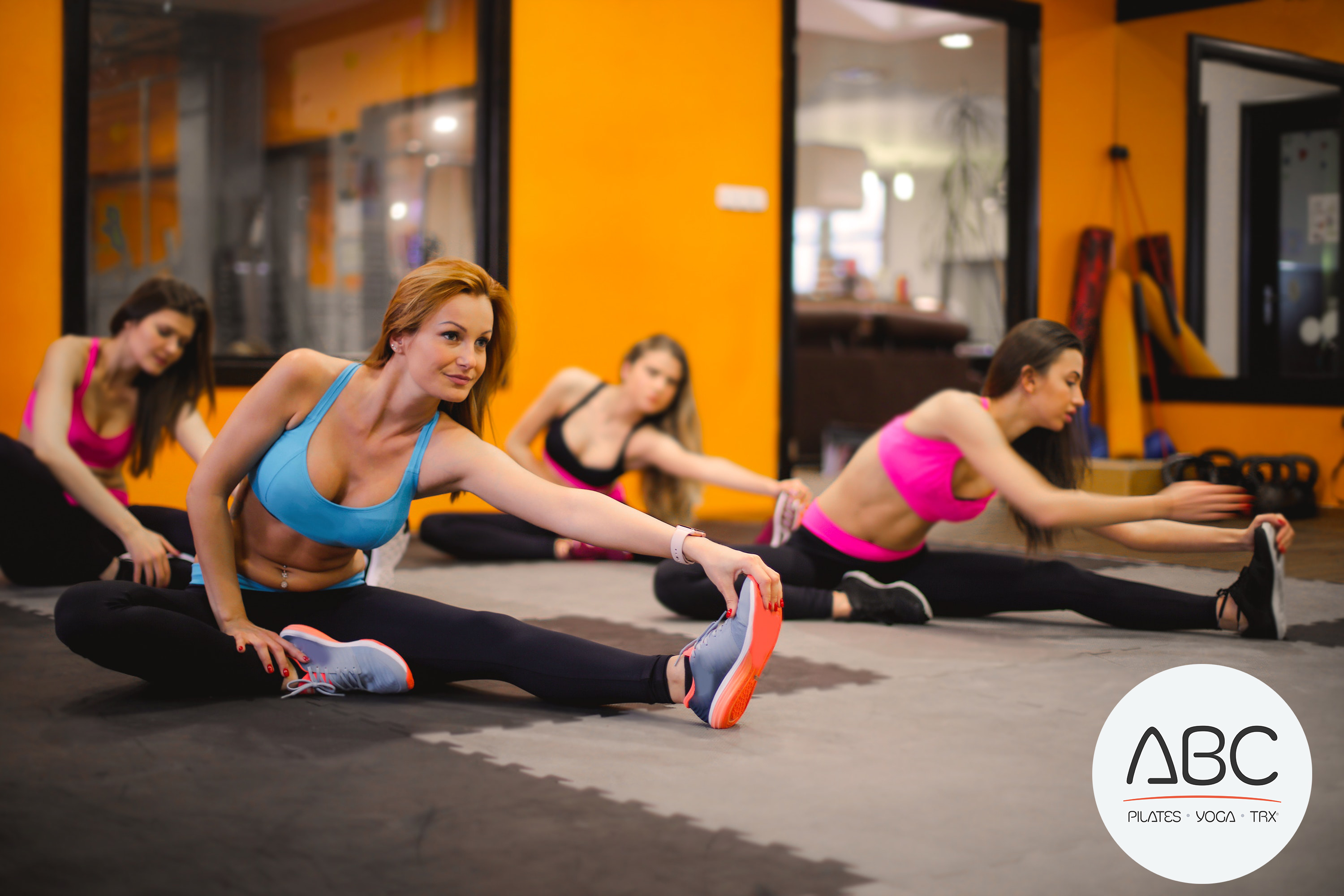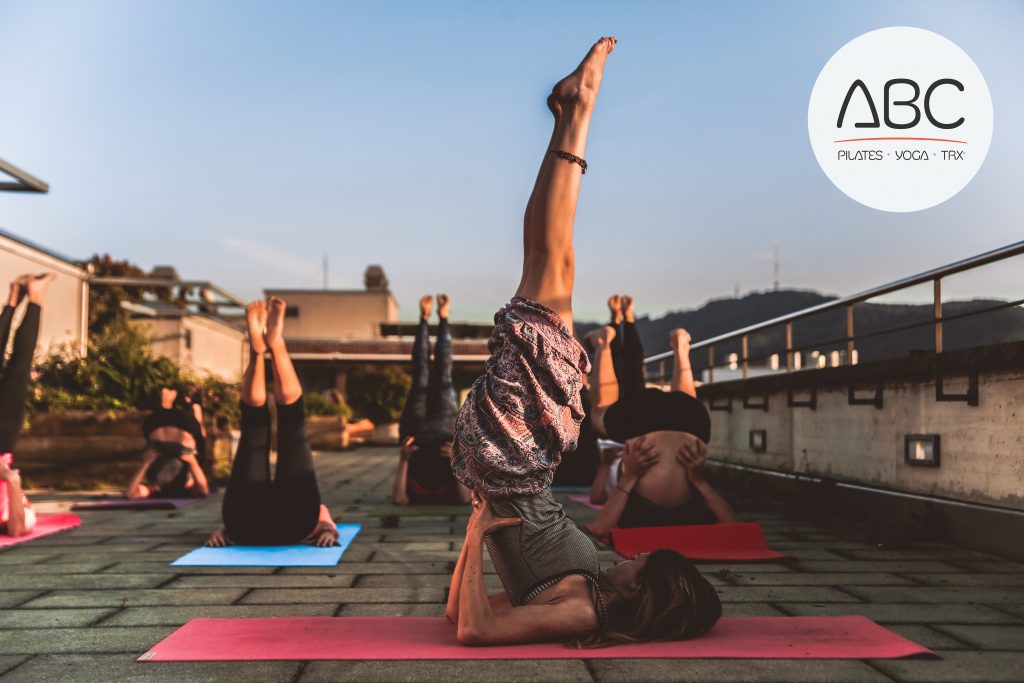The year 2020 hasn’t exactly gone how we’d planned, right? Let’s just say if we’d known about the challenges the year would bring our way, we very much doubt we’d have bothered to stay up past midnight to welcome in the new year with a bang. We’d have slept right through the whole thing and dropped all expectations that the year would be our best yet.
But despite its devastations and disappointments, the year has presented some valuable opportunities for learning and growth, and these takeaways shouldn’t be forgotten as 2020 rolls into 2021 in a few months’ time.
With the guidance and advice from two experts in the field, we’re bringing you the tips you need to safeguard your expectations and prepare yourself for a better 2021.
Make fewer assumptions
We know we weren’t alone to assume 2020 would be our best year to date. As Dr. Jo Lukins, author and performance psychology consultant explains, assumptions are not always helpful. Instead, she suggests we carry a different tone into the new year.
“I am always in favor of people moving forward with hope. When we are hopeful we are using the thinking style that forms the foundation of optimism. So just as I am hopeful that we will come through COVID as best as possible I am also hopeful that 2021 will be a great year,” she tells the latch—.
Georgia Bamber, success coach and author of Achieve Anything You Want, agrees we need to be positive but adds the importance of flexibility in mindset. “We all go into the new year hoping for our best year yet. But the future is always just a story we tell ourselves, so why not make up a good one? The key to entering a new year is to have plans and goals and a positive outlook, but to remain flexible and willing to adapt to circumstances as they change.”
Let go of expectations
Bamber speaks of the importance of acceptance in situations out of our control. Furthermore, she insists we be proactive to move forward around challenging circumstances. “I don’t think it is so much about adjusting expectations as much as it is about accepting the situation you are in and then thinking about what you want to do about it.
“You always have one of three choices. First, you can become angry and despondent that the world isn’t how you want it to be and throw in the towel. Second, you could put everything on pause and wait and hope for things to pass or, lastly, you can forge ahead, keep taking action and see what you can make of the situation as it stands. The key is to be flexible, and let go of expectations.”
Lukins agrees and says we should adjust our goals within potential limitations. “Focus on the controllable. The things that we can influence. Set goals around learning a new skill or around personal development.
“We also need to be aware that our circumstances may be such that there are limitations on us, for example, when international travel is next available. It is helpful for us to be prepared to approach the coming months with some flexibility in our thinking.”
Focus on what you can control
Bamber says we need to let go of how things “should be”, and instead focus on how things are. This shift to acceptance will ultimately help us put our best foot forward in a situation, rather than mourn lost opportunities.
“People are spending a whole lot of time and energy worrying about things they cannot influence or change No-one knows when the lockdowns will end, no-one knows if there will be a vaccine, no-one knows what will happen to the economy.
“It is a much better idea to focus on the things you can control, and there are two areas that you always have control over What you are thinking and what you are doing. You could spend your time thinking about all the things that have gone wrong, or you could focus your attention on possibilities and opportunities.”
Set goals
Yes, continue to set goals! Perhaps avoid overly optimistic plans, like taking a three-month trip around Europe, and instead focus on things a little closer to home. That’s what Lukins will be doing.
“If I am setting goals for 2021 I am setting two types: The ‘achievable’ (those I know can be done regardless of the world situation, like online study, hobbies, house projects, creative projects, applying for promotion); and the ‘desirables’ (for example, competing in a triathlon, traveling interstate for the theatre, running a work face-to-face workshop).
“We need a combination of both and the flexibility to deal with the goals that get taken from us.”
When it comes to goal setting, Bamber has some advice. “I would recommend that
people take some out time to reflect on their experience this year and what they have learned. Ask yourself questions like ‘What do you like and dislike about your life right now?’ ‘What would you like more of in your life?’ and ‘What would you like less of in your life?’.
“Using those answers, create a picture of what you would like life to look like and then think about goals that would help you to attain that vision. I don’t think people need to limit themselves — they just need to be considerate and accepting of circumstances and see what great things they can create within those bounds.”
Look to your friends
Lukins says: “Cultivate a mindset of ‘gratitude’ as no one can take that from you. Happiness is best enhanced when we are grateful for what we have and we help people around us.
“Our mental health is strongly influenced by our physical health, so achievable health goals are also helpful. People matter. Our human connections are a significant part of what enhances our mental health so when we can set goals that are people-centered that can also help.”
—
There’s nothing to say you have to wait until December 31 to begin thinking in the ways outlined by our experts above. The work can start right here, right now. And actually, we can’t see why we shouldn’t start right now.
Reference: {https://thelatch.com.au/ok-forget-2020-make-2021-your-year/}

Looking to try something new and to belong to something spectacular? We have just what you need! Our space, instructors, and clientele are second to none! Come witness the benefits of pilates and yoga and watch your body (and your confidence!) transform!
Visit our Facebook page at https://www.facebook.com/theabcfitstudio or give us a call at 949.305.3310 to get started!



